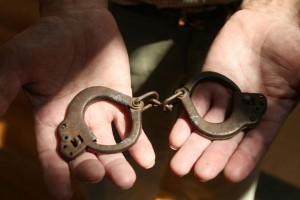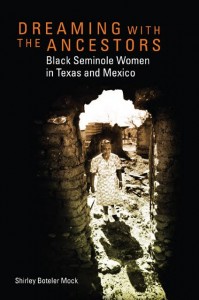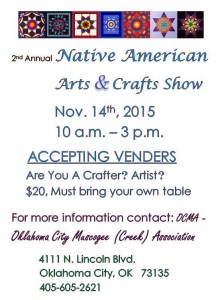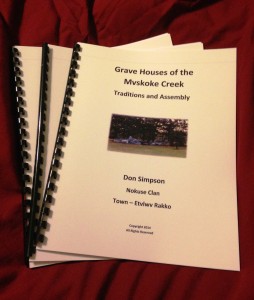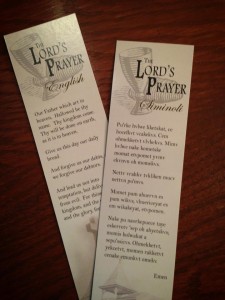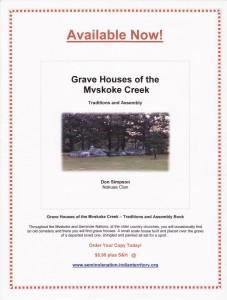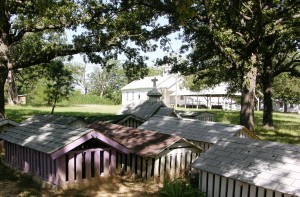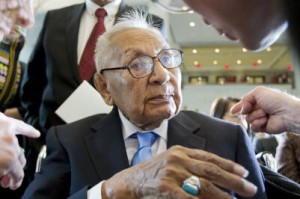For such small objects, the child’s handcuffs are surprisingly heavy when cradled in the palms of one’s hand. Although now rusted from years of disuse, they still convey the horror of their brutal purpose, which was to restrain Native children who were being brought to boarding schools. “I felt the weight of their metal on my heart,” said Jessica Lackey of the Cherokee tribe as she described holding the handcuffs for the first time.
Lackey, an alumnus of Haskell Indian Nations University, was working at the school’s Cultural Center & Museum when the handcuffs were unwrapped last spring after being kept in storage for several years. I had heard rumors about the existence of the handcuffs during visits to Haskell over the years and had made numerous inquiries to school authorities about them, but people seemed very reluctant to discuss this touchy artifact. This past summer, however, Haskell agreed to allow a public viewing of the handcuffs. Andy Girty, one of the elders who first blessed the handcuffs when they were given to Haskell in 1989, helped unwrap them for me.
Known as the Haskell Institute in its early years, the school opened its doors in 1884. It was originally founded as an instrument of the final solution to this country’s “Indian problem”; Haskell Institute’s mission then was embodied in the now infamous motto of Captain Richard H. Pratt, founder of the Carlisle Indian Industrial School: “Kill the Indian, Save the Man.” This mind-set led to decades of forced acculturation through brutal military-style incarceration cloaked as education in U.S. Indian boarding schools.
Although begun as a model for assimilation, native students have, over the years, transformed Haskell into a model for self-determination. The school’s early curriculum featured training in domestic and farming skills but has since evolved into four-year university.
Haskell’s Cultural Center & Museum, located on campus, tells the full—and often cruel—story of Haskell’s painful past as well as providing a venue to showcase Native art, culture from the past and present. Opened in 2002, the center features the permanent exhibit Honoring Our Children Through Seasons of Sacrifice, Survival, Change and Celebration, featuring artifacts, photos and letters from the school’s early days.
Among the artifacts currently on display isa heavy iron lock and key for the school jail, which held unruly students. Letters, photographs, copies of early school newspapers and daily menus are among the more commonplace artifacts of early daily life displayed at the museum. One display includes a heavy lock and key from the small on site jail used to punish unruly students. Soon, perhaps, the handcuffs will be included among these artifacts, adding its chilling testimony regarding the practices used by early educators to kill the Indian and save the child.
Not much is known about the diminutive handcuffs, which were donated to the Cultural Center in 1989 by a non-Indian man who described their use to Bobbi Rahder, former director of the Haskell Cultural Center & Museum. “He told us they were used to restrain captured Indian children who were being taken to boarding schools,” says Rahder. The middle-age white man said his father had the handcuffs for years but that he no longer wanted to have them in his possession. “He seemed relieved to get rid of them,” Rahder recalls.
I made many phone calls, but was unable to track down the man, who is said to have lived in Lawrence. According to Rahder, he failed to respond to messages they had left him over the years, and he has not been seen at Haskell since the day he brought the handcuffs to the Cultural Center. “It was all very vague. He didn’t tell us how his father came to have the handcuffs. He showed up one day and donated them to the Center,” she says.
Mysterious donations are common at the Cultural Center. Rahder has witnessed scores of non-Indian donors dropping off important—and often poignant—historical artifacts relating to Haskell. Last year, Roger Bollinger of Pennsylvania donated an 1880s leather-bound photo album containing photos and corresponding identifications of Haskell’s very first students in 1884. This album represents the only known identifiable photos from that inaugural class. Bollinger knew little of Haskell and had no idea how the album came to be in his family’s possession. A supporter of education and cultural understanding, he decided tom donate the album to Haskell.
The handcuffs, however, were different, notes Rahder, who took them from the man. “I was shocked and afraid to touch them,” she recalls.
She says she immediately contacted administrative and spiritual leaders at the school for guidance on handling the handcuffs. Leaders at Haskell were overwhelmed by the brutality of the tiny handcuffs, she noted.
Girty, of the Cherokee Nation, who is a Cherokee language instructor at Haskell and a number of other elders and leaders, conducted a modest ceremony the next day at the school’s medicine fire. His wife, Frances, of the Creek and Choctaw Nations, provided a tiny handmade quilt in which the handcuffs were reverently wrapped before being stored in the Cultural Center’s archives. The handcuffs remained in storage for more than 20 years.
Although the Cultural Center displays a number of artifacts related to the harsh treatment of early Indian students at Haskell, the handcuffs were simply too painful to be addressed, opined Rahder. She says elders blessed the handcuffs and instructed her to put them away. She did as she was told, trusting that students and faculty would one day decide on the appropriate treatment of this painful artifact. The handcuffs languished in the archives of the center until this past summer.
As word of the handcuffs began to leak out over the past few years, students and faculty began discussing the importance of acknowledging their existence and putting them on display. For whatever reason, no one at the school has been willing to take the lead in the handling of this powerful artifact, but with the approval of Haskell administration, Girty agreed to unwrap them for ICTMN.
For Lackey the handcuffs are a tangible example of the painful history between Native people and the U.S. “The history of our genocide has been so swept under the rug by the mainstream. People need to see the impact that these policies had on us,“ she says.
According to Girty, who was a student at Haskell in 1959, there are many stories of the brutal means used by authorities to bring and keep students at school in its early days. For instance, reservation authorities would hold back Native families’ food rations if they refused to allow children to be sent to early boarding schools, he noted. “If those handcuffs could talk, they would tell some terrible stories,” he says.
Steve Prue, spokesman for Haskell, says there are no immediate plans regarding how the handcuffs will be presented to the public, nor how they will be displayed. He agrees with students that the handcuffs are an appropriate item to be included in displays of other Haskell artifacts at the Cultural Center. “It’s good to have these sorts of things on display in the Cultural Center,” he says. “They tell the story of who paid the price for us to be here now.”
